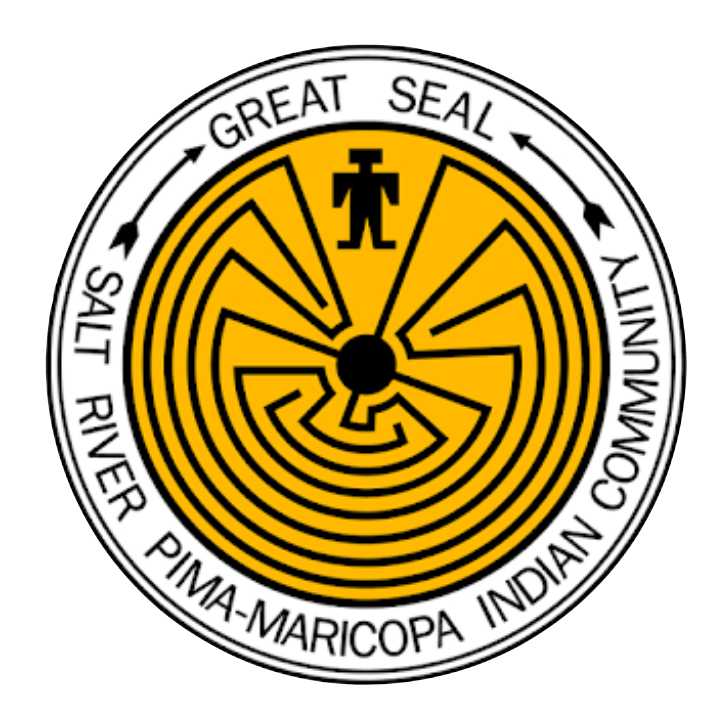
4 minute read
Connecting to Creation: Lessons from our Native American Neighbors
from Koinonikos
“We tell the children when you see Red Mountain, you’re home. This is your land, this is your home. The birds have told you this is your land. You have songs for all these mountains here.” — Gary Owens, Piipaash/Tohono O’odham,
Connecting to Creation
Lessons from Our Native American Neighbors
by Maureen Rojas
When it comes to caring for God’s sacred creation, we have much to learn from our Native American neighbors. Those of us residing in the Valley of the Sun are living with people who have deep ancestral ties to this land and their people.
O’odham and Piipaash of the Sonoran Desert and Rivers
For thousands of years, the O’odham people inhabited a huge area from north of Phoenix, south to Sonora in Mexico, west to the Gulf of California, and east to the San Pedro River.
The Tohono O’odham (of the desert) were named Papago by Europeans. Historically, they moved between winter “well” villages in the foothills and summer “field” villages at the mouth of streams. The closely related Akimel O’odham (river people, called Pima by the Spanish) farmed in their traditional lands along the Gila River.
The Piipaash people (Maricopa) originally lived along the lower Gila and Colorado Rivers and migrated toward the Pima villages in 1825. By 1870, Anglo farmers drawing water from the Gila River left too little for them to live on, so some O’odham and Piipaash moved to farm along the Salt River.
Although the tribes speak different dialects of an Uto-Aztecan based language, they share cultural values. Today they are divided into four federally recognized tribes: The Tohono O’odham Nation (which is the second largest reservation in Arizona with 28,000 members), the Gila River Indian Community, the Ak-Chin Indian Community, and the Salt River Indian Community. A relationship to the landscape is paramount in their cultural and spiritual beliefs. O’odham mythology tells that the land was given to them by Elder Brother to live on when the earth was created. They thrived by living not only on, but with the desert and its plants and animal life.

Pascua Yaqui Tribe Blends Christianity with Ancestral Beliefs
Our closest neighbors – the Pascua Yaquis of Guadalupe -- are more recent inhabitants of Arizona with deep roots to ancestral lands along the Yaqui River in the Sonoran Desert of Mexico, where the Yaqui people survived centuries of war to retain their land. By 1910, thousands had been enslaved and deported to the Yucatan plantations. A thousand or more fled to the U.S. where they found work in agriculture or the railroads.
Mexico recognized their land claims in 1937, creating the Yaqui Indigenous Zone, where the Sonoran Yaqui continue as farmers and ranchers. In the U.S., the Yaqui became a federally recognized tribe in 1978. Today Guadalupe is one of four Arizona Yaqui communities.
Yaqui culture blends Christianity with Yaqui spirituality in the hope for a better view of the world and morality. One symbol of Yaqui spirituality is the deer, and the deer dancer portrays the people’s connection to nature.

Arizona is home to 21 tribal nations. Dayspring joins their commitment to honoring God’s sacred creation and protecting all the people and life inhabiting our beautiful earth.
Learn more about our SAGE Environmental Ministry at: dayspring-umc.org/sage.








